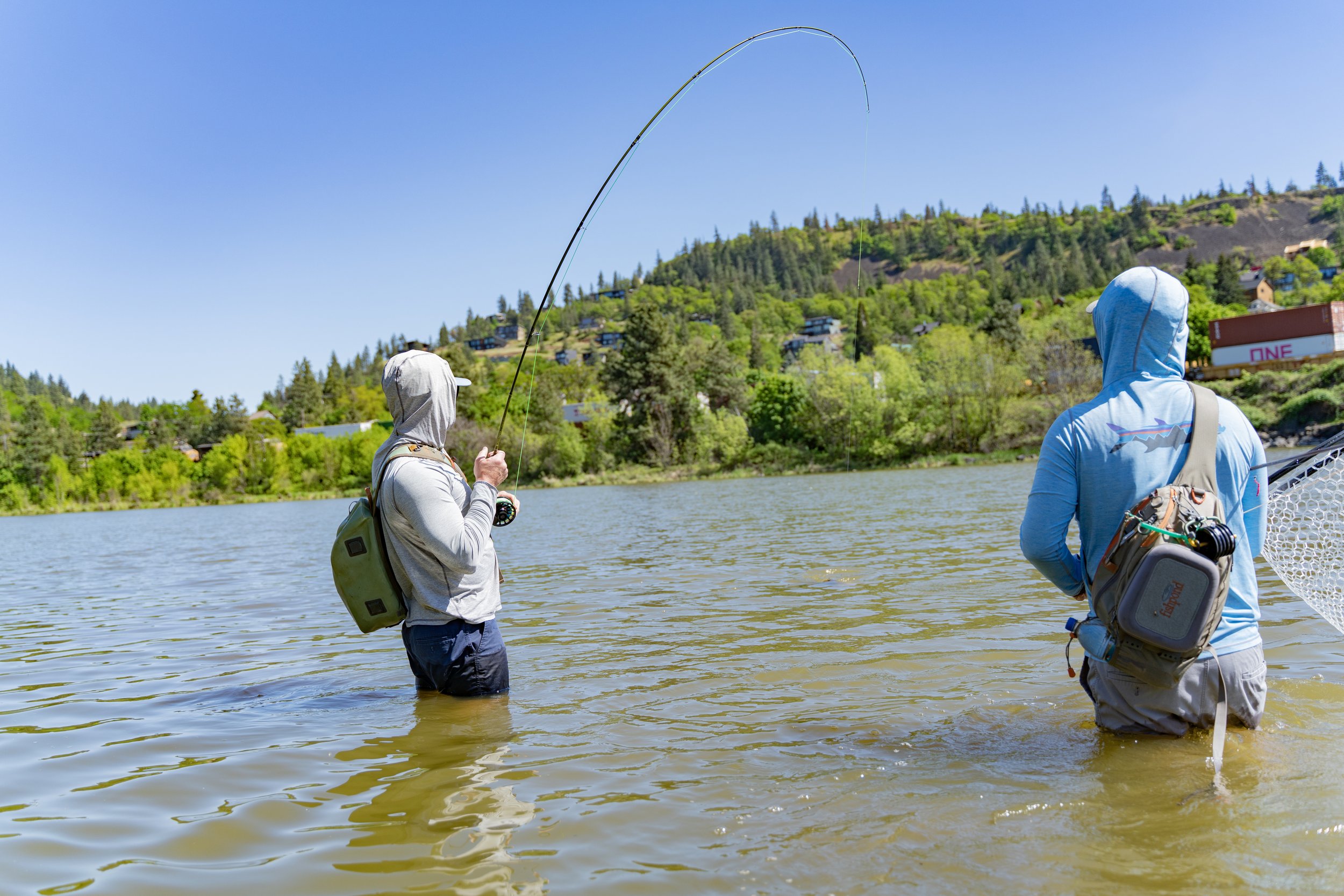Science behind the bend: a fly rod analysis
Material Properties:
Rod Material: Fly rods are typically made from materials like graphite, fiberglass, or a combination of both. These materials have specific mechanical properties, including modulus of elasticity and tensile strength, which influence how the rod bends.
Force Application:
Casting Force: When casting, the angler applies force to the rod by accelerating it through the air. This force is transferred to the rod, causing it to flex or bend.
Line Weight: The weight of the fly line also plays a role. Heavier lines exert more force on the rod during casting, influencing the rod's bending characteristics.
Rod Action:
Fast vs. Slow Action: Rods are often classified as fast, medium, or slow action. Fast-action rods bend more near the tip, while slow-action rods bend more throughout their length. This is determined by the taper and stiffness of the rod.
Taper Design:
Tip Flex and Butt Flex: The design of the rod's taper influences how it bends. Rods may have a progressive taper, with more flexibility in the tip or a regressive taper, with more flexibility in the butt section.
Load and Unload:
Loading the Rod: As force is applied during casting, the rod undergoes a loading phase where it bends under the applied force.
Unloading the Rod: When the casting stroke is complete, the rod unloads, transferring stored energy to propel the fly line forward.
Recovery:
Recovery Speed: After bending, the rod needs to recover to its original position. The speed at which a rod recovers affects its casting performance and accuracy.
Damping:
Vibration Damping: The ability of the rod to dampen vibrations is crucial for casting accuracy. Excessive vibration can lead to decreased control and accuracy.
Sensitivity:
Sensitivity of the Rod: The sensitivity of the rod, or its ability to transmit feedback to the angler, is influenced by how it bends. This can affect the angler's ability to detect subtle bites.
The bending of a fly rod involves a complex interplay of material properties, force application, taper design, and recovery characteristics. Understanding these factors is essential for anglers to choose a rod that suits their casting style and fishing preferences. Additionally, rod design and technology continue to evolve, leading to the development of rods with specific actions optimized for various fishing scenarios. Whether you’re casting into the wind at a tailing permit, or hung in a tree because of a tailing loop, fly rods are powered by science!



